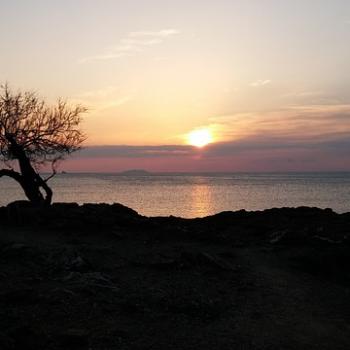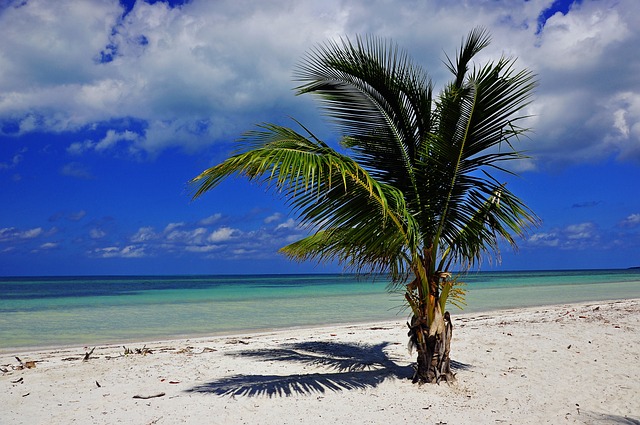
What’s A Palm Tree?
Palm trees are evergreens with thick stems and arching fronds. These trees thrive in sandy soil with a climate characterized by hot and wet summers. This requirement means palm trees are generally native to tropical or subtropical climates.
Over 2,600 species of palms exist. Well-known types of the tree include the date palm and the coconut palm. Differences in the trunk’s shape and the shape of the fronds enable one species to be distinguished from another.
Date palm trees commonly appear in Mediterranean and Middle Eastern countries. At least twelve native palm species grow in the US, mostly in the Deep South and Florida. South Carolina’s nickname, the Palmetto State, derives from its official state tree, the sabal palmetto, seen there in abundance.
Use of Palms Today
One of the most widely planted trees, palms are desired for ornamental use and are a go-to landscaping item in coastal areas. They serve to majestically line avenues as well as to enhance yards and gardens. Palms grow quickly and provide not only a tropical look, but offer privacy, wind, and sound screening.
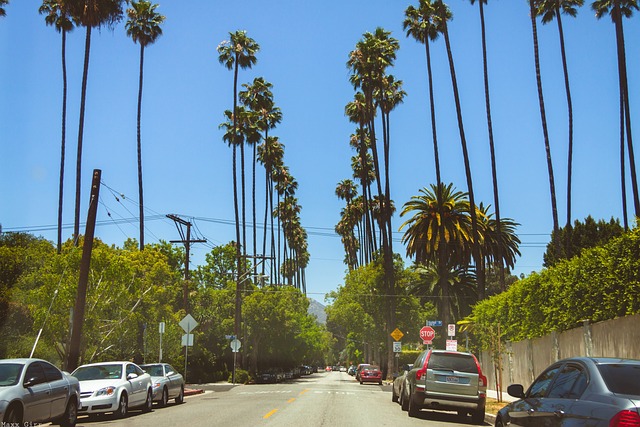
Palms in History
Since the beginning of civilization man has used palm trees. Mesopotamia, for example, cultivated date palms as a food source to produce fruit. As the name of the tree implies, dates were the desired product.
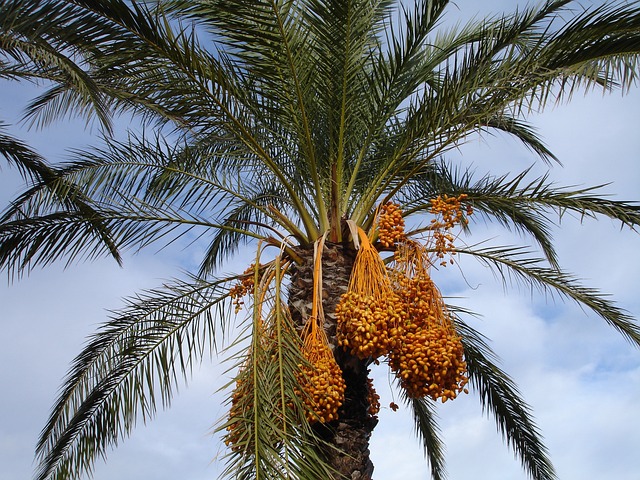
Palms in the Bible
The Bible contains over thirty references to palms, and the first reference appears early on in Exodus 15:27. While fleeing Egypt, the Israelites found respite and sustenance at Elam which offered springs of water and seventy date palm trees.
Palms are a part of the familiar Bible story about Jericho. Deuteronomy 34:3 refers to the location as “the city of palms,” the literal meaning of the word.
The Feast of Tabernacles utilized branches from a palm tree. During this religious festival, the Israelites fashioned a sukkah, a temporary dwelling covered with plant material such as palm fronds. Meals would be eaten in this dwelling to commemorate the Israelites’ forty-year journey in the wilderness to the Promised Land.
The graceful palm tree was a positive image in the Bible. Craftsmen carved depictions of palm trees into the walls and doors of Solomon’s majestic temple.1 Kings 6:29,33. And a maiden’s beautiful posture brought comparison to the tree in Song of Solomon 7:7.
Palm trees also appear in biblical stories about Jesus. People waving palm branches greeted Him as He entered Jerusalem. John 12:13. In the future, Jesus will stand before a white-clothed multitude with palm branches in their hands according to Revelation 7:9.
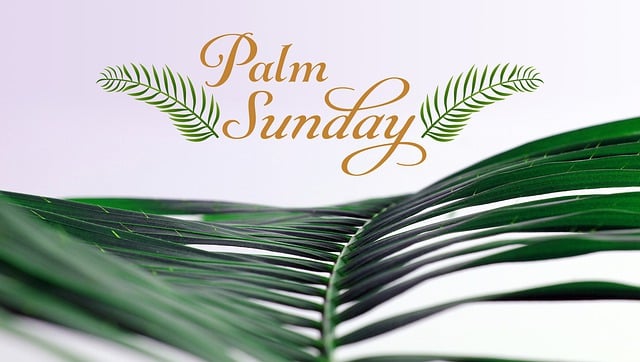
Believers And Palm Trees
Christians may opt to use palm tree products, landscape with the trees, or visit places where such trees grow. But the most-coveted connection with a palm is living like one. Psalm 92:12 states the righteous will flourish like the palm tree. How wonderful to be like a hardy, thriving plant that symbolizes victory and triumph! But the catch is being in the right location. Palm trees flourish when they are in the place God designed and equipped them for. Staying rooted in the right place, in God, is key for believers to flourish like a palm tree.








